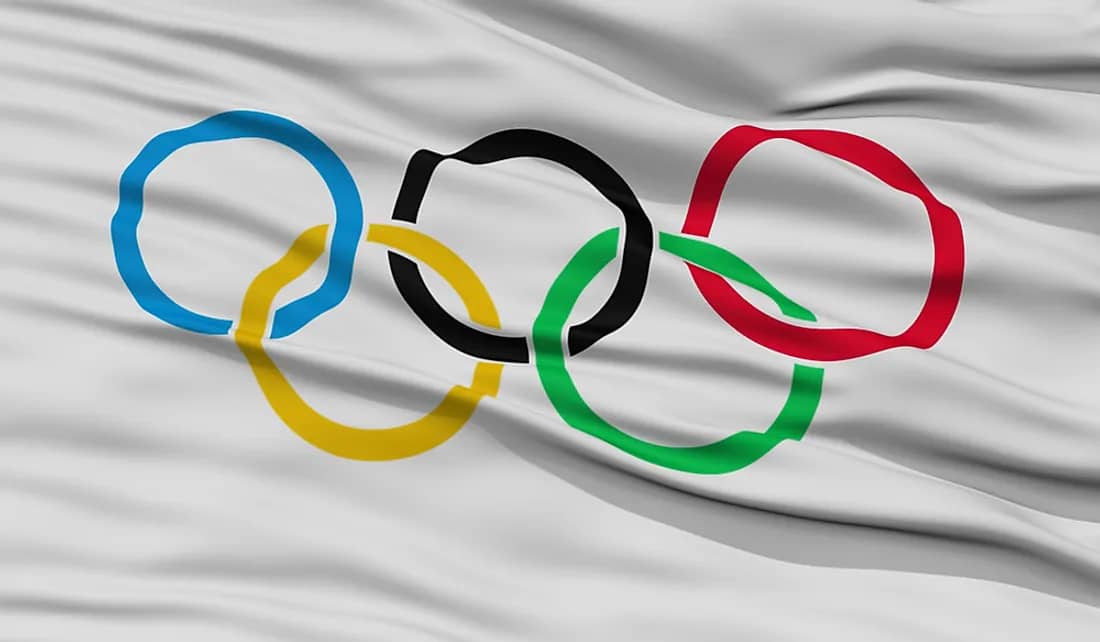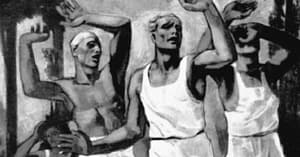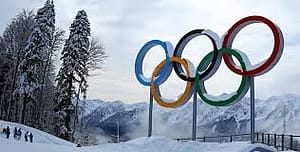10 Bizarre Olympic Games Facts
With the 2024 Paris Olympics on the horizon, it’s the perfect time to delve into some of the most fascinating – and downright strange – facts about the world’s greatest sporting event. From pigeon shooting to unusual artistic competitions, the Olympics boast a long history of the unexpected.
1. Naked Athletes In ancient Greece, Olympic athletes competed entirely in the buff. It was seen as a way to celebrate the human body and perhaps avoid any wardrobe malfunctions!
2. Art Competitions From 1912 to 1948, the Olympics weren’t just about sport. Medals were also awarded for architecture, music, painting, sculpture, and literature – all inspired by sport, of course.
3. The Bite Test Forget fancy tech to verify those gold medals. Back in the day, winners would bite down on their medals. Pure gold is soft enough to leave a mark!
4. Tug of War Believe it or not, tug of war was an official Olympic sport from 1900 to 1920. Talk about an intense team exercise!
5. Pigeon Shooting The 1900 Paris Olympics featured a rather gruesome event – live pigeon shooting. Thankfully, this unsavory sport was a one-and-done deal.
6. The Long Hiatus The ancient Olympics were such a big hit that they continued for over a thousand years. However, in 393 AD, Emperor Theodosius I banned them. Imagine waiting 1,500 years for the Games to return!
7. Not-So-Solid Gold A tiny spoiler alert: those iconic gold medals aren’t entirely gold. Since 1912, they’ve actually been mostly silver with a gold coating. Still pretty impressive though!
8. The Meaning Behind the Rings The five interlocking rings of the Olympic symbol are one of the most recognisable symbols in the world. They represent the union of the five continents inhabited by humans – Africa, America, Asia, Europe, and Oceania. The rings are coloured blue, yellow, black, green, and red, and are arranged in such a way that each colour appears next to at least one other colour. While the designer, Pierre de Coubertin, never assigned specific meanings to the colours in relation to the continents, this interpretation is widely accepted.
9. Olympians Need Supplies Running the Olympics is a massive operation. During the 2012 London Games, organizers had to source 25,000 loaves of bread and a staggering 330 tonnes of fruit and vegetables for athletes and staff!
10. Winter and Summer Split Believe it or not, the Winter and Summer Olympics used to happen in the same year. They finally split in 1994, giving us even more sporting action to enjoy!
From its surprising origins to its evolving traditions, the Olympics never cease to amaze. The iconic rings symbolize global unity, and even those “gold” medals hold a secret. The sheer scale of the modern Olympics is astonishing, but it reminds us of the enduring power of sport to unite the world in competition and celebration.



